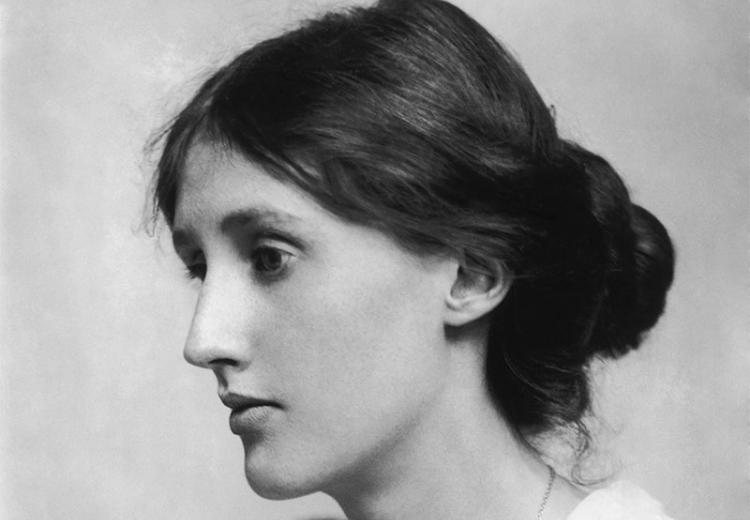Lesson 1: Understanding the Context of Modernist Poetry

Portrait of Virginia Woolf, a British author and feminist.
"The English novelist Virginia Woolf declared that human nature underwent a fundamental change 'on or about December 1910.' The statement testifies to the modern writer's fervent desire to break with the past, rejecting literary traditions that seemed outmoded and diction that seemed too genteel to suit an era of technological breakthroughs and global violence."
—from the EDSITEment-reviewed Academy of American Poets “The Modernist Revolution: Make It New”
Understanding the context of literary modernism (specifically, modernist poetry) is important for students before they analyze modernist texts themselves. To that end, this lesson enables students to explore and consider the forces that prompted such a “fundamental change” in human nature. In this lesson, students will explore the rise of cities; profound technological changes in transportation, architecture, and engineering; a rising population that engendered crowds and chaos in public spaces; factory life; and the aftermath of WWI. Students will begin to understand how these influential factors contributed to making individuals feel less unique and more alienated, fragmented, and at a loss in their daily lives and larger worlds.
Guiding Questions
What are several historical, social, and cultural forces that prompted the modernist movement?
What were the effects of these influential factors?
Learning Objectives
Students will understand the historical, social, and cultural context of modernism at large.
